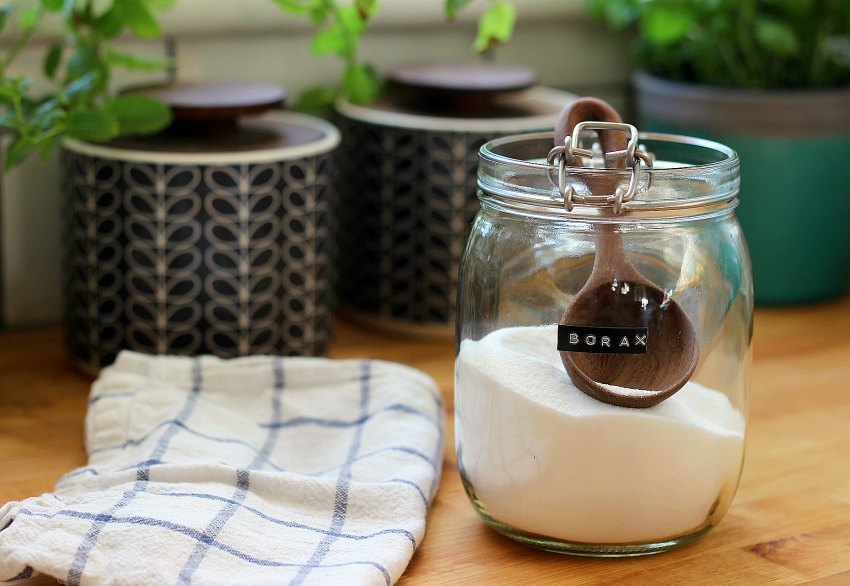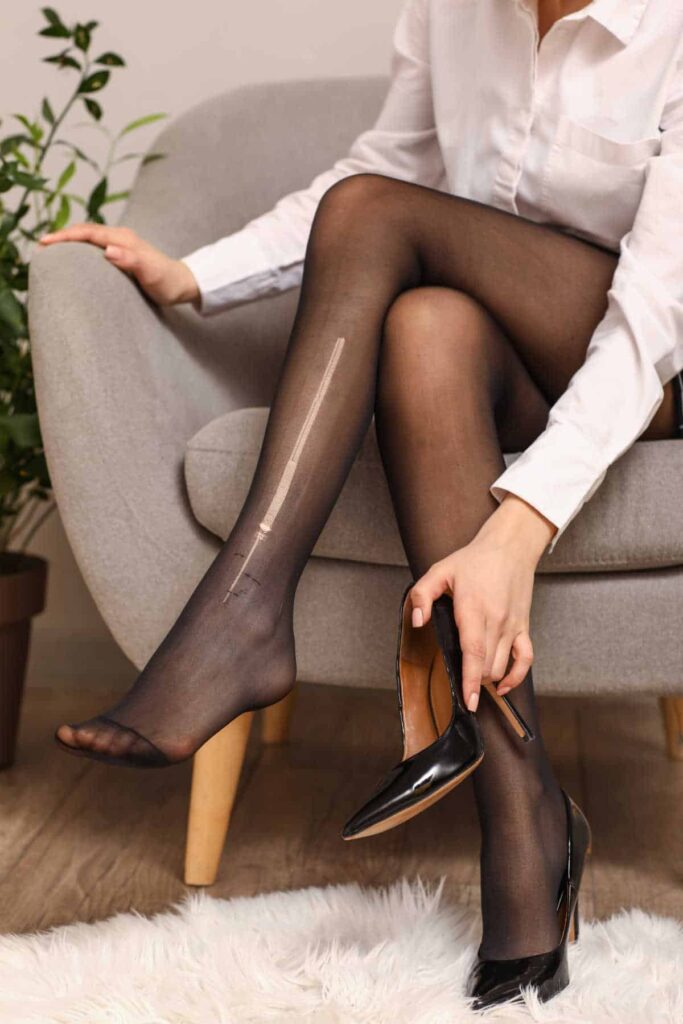How To Make Liquid Soap From Bar Soap
To support the running costs of Moral Fibres, this post may contain affiliate links. This means Moral Fibres may earn a small commission, at no extra cost to readers, on items purchased through these links.
Looking to reduce your plastic usage but would rather use liquid soap over bars of soap? The good news is that you can easily make your own liquid hand soap from a bar of soap. Here’s the full how-to.
Keeping your hands squeaky clean with liquid hand soap is good from a health perspective, but less so from an environmental standpoint. Whether it’s the single-use plastic bottles, the hard-to-recycle plastic pumps, or the plethora of less-than-desirable ingredients, the quest for cleanliness comes at a cost to the planet.
One straightforward solution might be to switch to solid bars of soap, however, not everyone is a fan. If you’re not into bars of soap, then one sustainable option is to switch to refillable hand wash. The other eco option is to make your own liquid hand soap.
If soapmaking sounds far too complex, then you might be interested to hear that you can make your own liquid hand wash from a solid soap bar. Here’s the full how-to!
How to Make Liquid Hand Soap From Bar Soap

Here’s all you need to know about making your own liquid hand wash from a bar of soap. Make sure that you read the helpful pointers section below before you get started.
You Will Need
- A 100 g bar of soap – or for a zero-waste approach, keep slivers of soap until you have 100 grams. Avoid using any soap with exfoliants in it, as these can clog the soap dispenser pump.
- Grater
- Pan
- Measuring jug
- Whisk or hand blender
- Empty hand wash bottles with pumps (at least three)
- Funnel
Method
This isn’t an exact recipe for liquid hand soap, as every bar of soap has different ingredients. Instead, take it as a rough guide. If your soap is too thick you can add more water at the end. If it’s too runny, you’ll need to add a little more soap.
- Bring around 500 ml of water to the boil.
- Whilst the water is boiling, finely grate your soap bar or slivers of soap.
- Let the water boil for a few minutes, and then reduce the heat until the water is simmering.
- Once the water is at a simmer, add the soap gratings on top of the water. It’s tempting to stir the soap gratings in at this stage, but don’t as it can cause the soap to foam up.
- Let the soap dissolve completely, and then remove the pan from the heat.
- Leave the soapy solution in the pot, allowing it to cool and thicken overnight.
- The next morning, use a whisk or hand blender to blend the mixture together. This helps avoid the soap taking on a stringy texture.
- If at this stage, the soap is too thick, add a little cooled boiled water to the liquid soap – using the whisk or hand blender to blend it in. Add in just a little water at a time to get your desired consistency. It’s easier to take your time and add a little more water than it is to remove water!
- If it’s too thin, repeat the steps above, adding a little more grated soap until you reach your desired consistency.
- Once you’ve got the consistency to your liking, using the funnel, carefully dispense the soap into the bottles.
Helpful Points To Note
The ratio of soap to water that you use determines just how runny or thick your soap will be. Use more water than soap, and your liquid soap will be anywhere between the consistency of soapy water to a more gel-like consistency. Use less water, and the soap can resemble more of a thick paste.
All this is to say that it’s tricky to land on something that exactly matches the consistency of conventional liquid soap. I’d recommend embracing the rustic homemade nature of your soap if you can. It still works the same!
Something else to note, that I’ve touched on, is that different soap bars also have different compositions. This means that the amount of water that works for one particular brand may differ from that of another brand – even though the weight may be the same.
What this means, is that, unlike baking, there’s no exact science to making the perfect liquid hand soap from a bar. Instead, be prepared to tinker a little to get the results that you are looking for. For those who don’t have the time or patience for that, I’d recommend going down the refillable route.
Shelf Life
Your bottles of soap should last around 6 – 8 weeks. Do note that they should be discarded sooner if they start to look funny or develop an unusual smell or consistency.
If you need to make less liquid hand soap – e.g. if you can’t use up the soap before it goes off – then try halving the soap bar and water. Be prepared to add in a little more soap or water to get the right consistency.
What About Dispensers?
Now you know how to make liquid hand soap, your thoughts may turn to dispensers. If you have any empty plastic hand soap bottles then the most eco-friendly thing to do is to rinse these out and reuse them for your homemade liquid hand soap.

If you’d rather go down the brand new route – these stylish amber glass pump bottles from Etsy come in a range of sizes and are perfect for dispensing soap.
Found this post useful? Please consider buying me a virtual coffee to help support the site’s running costs.




